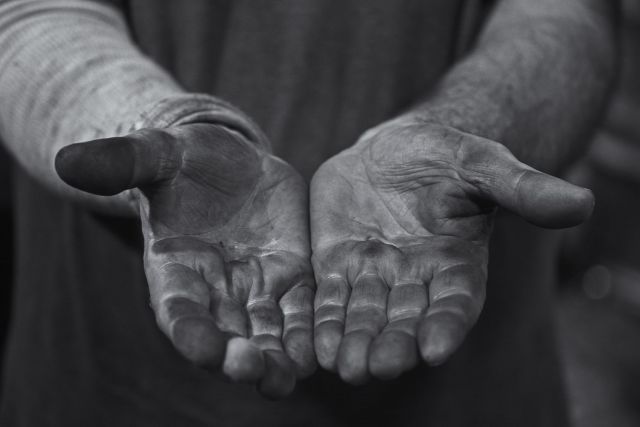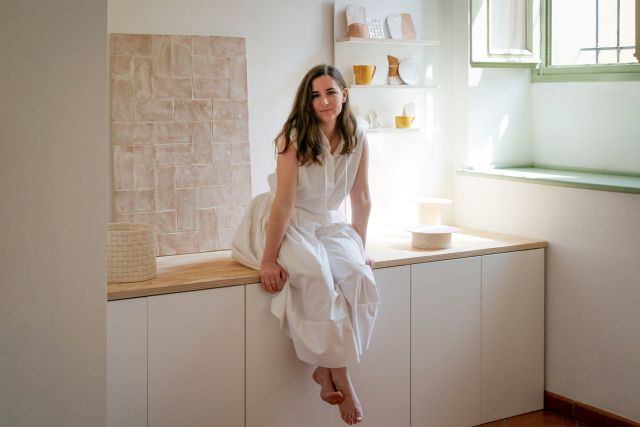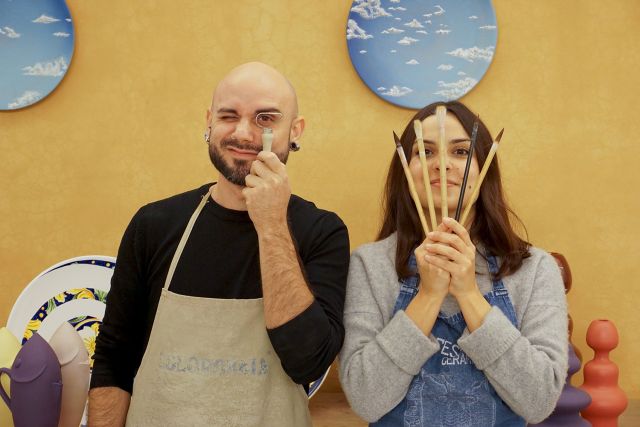This room in the Gran Teatro La Fenice was upholstered with fabric mounted on the walls, bouillon’s curtains, curtain covers and pelmets.
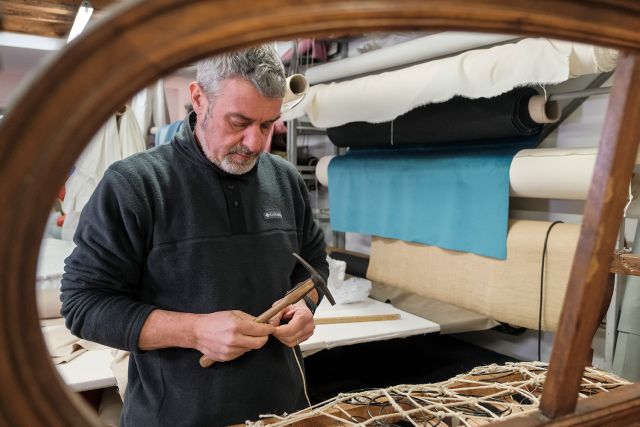
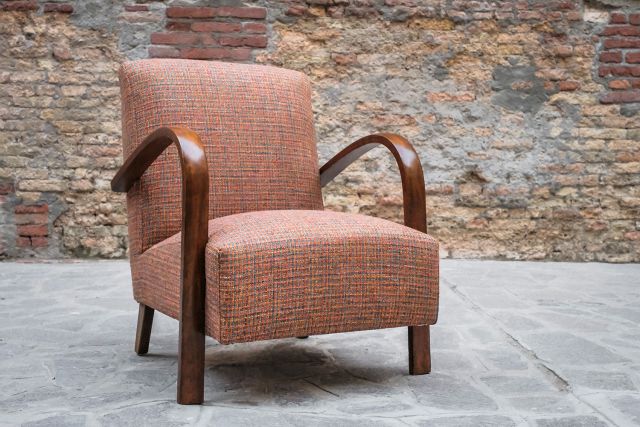
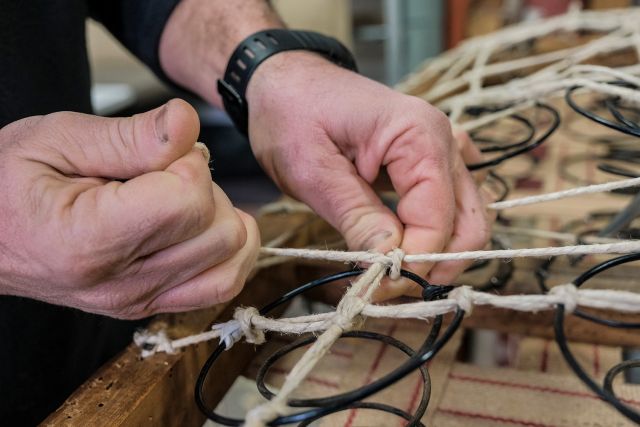
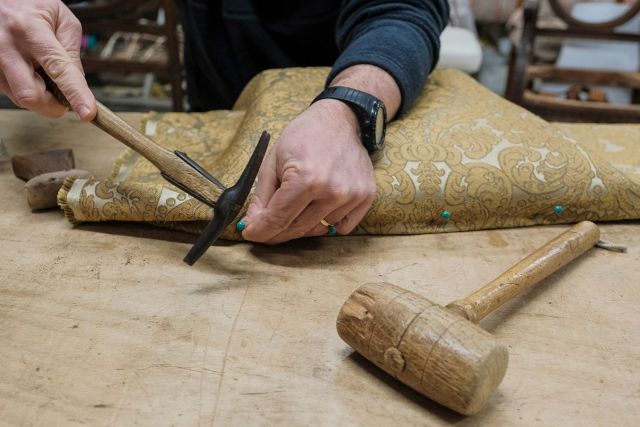
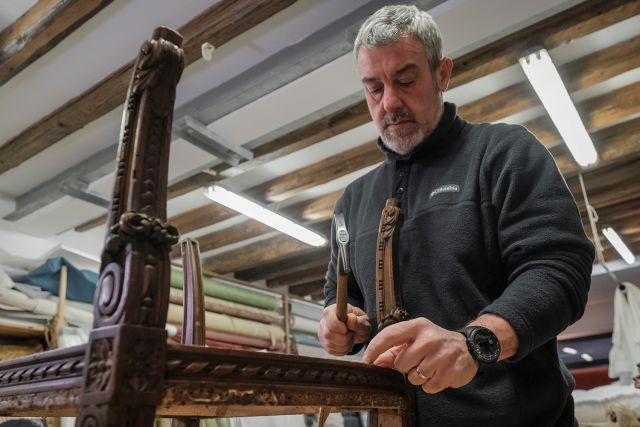
Giovanni Vianello
- Upholsterer
- Venice, Italy
- Master Artisan
Monday to Friday 08:00 - 13:00/15:00 - 19:00
+39 0415204105
Upholstery the traditional Venetian way
- • The Vianello family runs their business in Venice since 1947
- • They master all the techniques of traditional upholstery
- • Their offer includes furniture creation and restoration but also curtain and awning making
The history of the Tappezzeria Vianello is extremely traditional, as it is their approach to upholstery. Uncle Guido founded the Bottega in 1947, right after the end of World War II, and his nephew Giovanni Vianello developed the business in the 1970s. Today Giovanni is passing the workshop on to his son Davide, while remaining active in the workshop. One of the oldest addresses in Venice for this craft, the Vianello Bottega offers a wide range of services matching the needs of a city whose exceptional heritage requires the ability to master traditional techniques as much as contemporary ones. Among their clients are some of the best-renowned landmarks of the city: the Saint Mark’s Basilica, La Fenice Theatre, the Gritti Palace Hotel, the Accademia Galleries and some of the noblest palazzos in town.
Read the full interviewWorks
Photo: ©All rights reserved

Photo: ©All rights reserved
This sofa and chair ensemble date back to the 19th century. They live in a room of the Palazzo Patriarcale, and were restored and re-upholstered with Rubelli damask fabric.

Photo: ©All rights reserved
This 18th century sitting room was restored and re-upholstered with striped damask fabric for a private Venetian palazzo.

Photo: ©All rights reserved
This 1970s armchair was restored and re-upholstered with Rubelli dotted velvet, designed by Giò Ponti.

Photo: ©All rights reserved
Here are an armchair and sofa from the 1800s, that were restored and re-upholstered with silk for the Palazzo Patriarcale in Venice.





